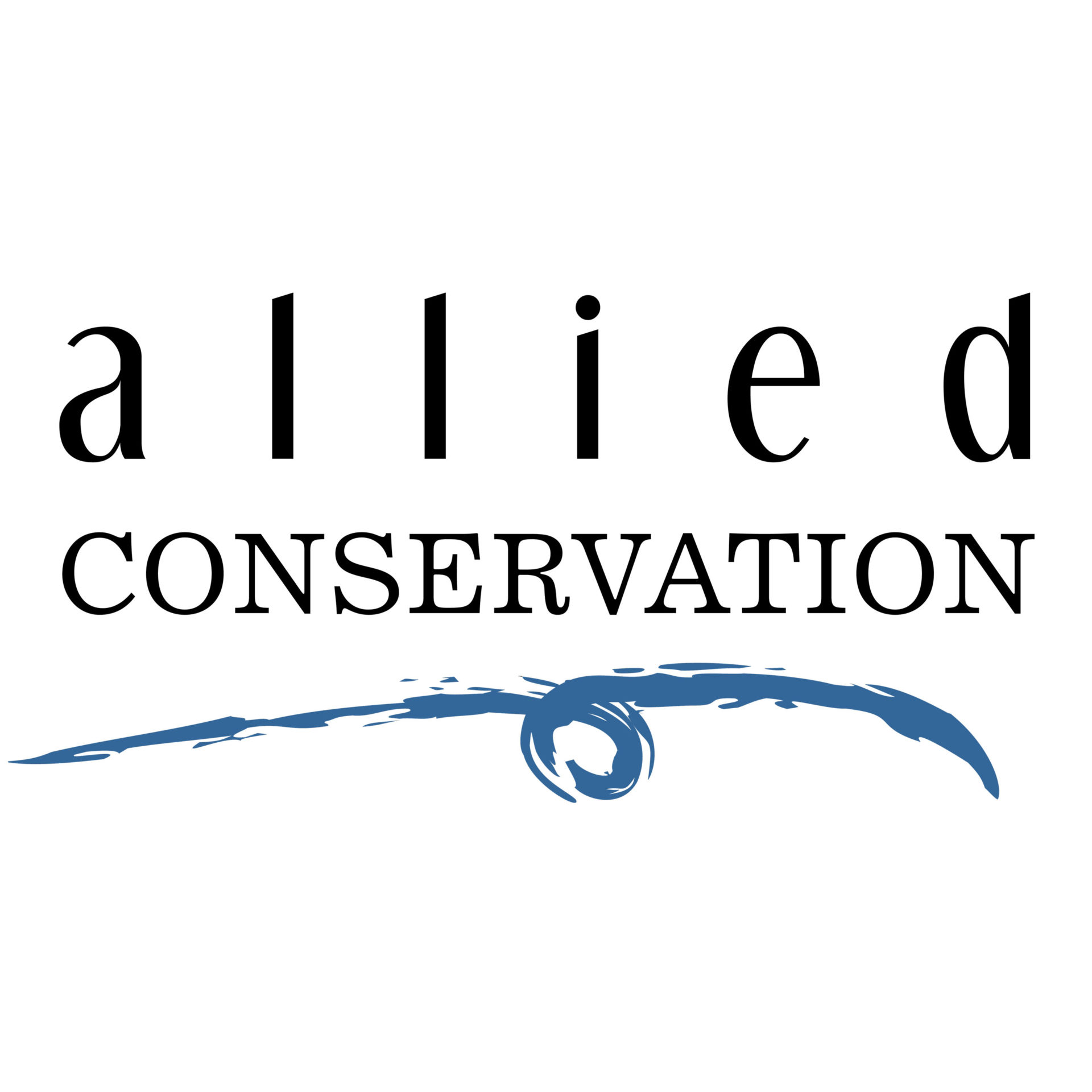FAQ
Here are our most frequently asked questions. Have a question that isn’t answered here? Get in touch! We’d love to hear from you!

What is art conservation? Is it the same as restoration?
Art conservation is the field that focuses on the preservation of art and historical artifacts. The term conservation can include examination, documentation, treatment, and preventive care. Restoration is often used interchangeably with conservation, but actually restoration refers to a specific type of conservation treatment that attempts to return the object to its original appearance, or close to it. A full conservation treatment often involves restoration.
I have a painting that is dirty and ripped. How will you treat it?
Your painting may be discolored due to the darkening of an old varnish layer and/or grime that has accumulated on the surface. We have a variety of solvents and detergents that we use to safely remove these surface coatings without harming the paint below. Rips can be mended with a lining, which is the attachment of a secondary canvas or panel support to the reverse of the painting. After lining, any visible paint losses would be filled and inpainted so that the damage is no longer visible.
Is it expensive?
The cost is dependent on the extent of the treatment needed, and based on our hourly rates of $110 per hour at the studio and $155 per hour on location (i.e. when the art cannot be transported to us due to its size or nature).
We provide free assessments at our studio, at which point you will receive a quote for restoration before deciding whether to have us proceed with treatment.
Is it worth it?
Can you tell me how much my art is worth?
Will having my painting restored affect its value?
Quality restoration in itself is not detrimental to the value of a painting, but there is no simple answer to this question. Restoration is an indication to a potential buyer that, at some point in its history, the painting had an issue that needed fixing. The art market is often unpredictable, but in general, a damaged painting that has been mended competently is likely to be more attractive at auction than the same painting had it not been repaired.
Thorough documentation, like that which is provided by Allied Conservation, verifies that the work has been professionally restored and provides assurance of the quality of the repair.
What are the ethics involved in conservation?
Our primary goals are to act in the best interest of the artwork while preserving the artist’s original intent as much as it is possible to do so. Minimal restoration is always desirable; we retouch only areas of loss, and never paint over any original paint. Additionally, all of our techniques (with the exception of cleaning) are fully reversible and detectable. The American Institute for Conservation publishes a code of ethics and guidelines for practice which informs our treatment decisions.
Where is the work done?
What types of art do you treat?
Are you insured? Will my art be secure?
How can I transport my art to your studio? Can you pick it up?
We are not able to offer pickup and delivery at this time. You will need to arrange transportation of the artwork to us. We are happy to provide recommendations for shipping or art transport companies. We can also offer safety recommendations, if you choose to transport the piece yourself.
How long will it take to have my piece restored?
Is restoration something I can do on my own?
While art conservation is best left to the professionals, there are some preventive steps you can take at home to ensure a long life for your artwork. That being said, much of what we are tasked with fixing is the result of botched restorations from amateurs or well-intentioned owners, so if you are unsure, please ask us or schedule a free consultation!
Have you ever treated any works by notable artists?
Some notable artists whose works we’ve treated include:
Norman Rockwell, John Singer Sargent, Gilbert Stuart, James McNeill Whistler, Frank Benson, Albert Bierstadt, Jean-Baptiste-Camille Corot, Anselm Kiefer, Yves Klein, George Vicat Cole, Jean-Joseph Benjamin-Constant, Joseph DeCamp, Lydia Field Emmett, Domenico Ghirlandaio, Emile Gruppé, Francesco Guardi, Thomas Moran, Dirck van Santvoort, Bradley Walker Tomlin, Thomas Ball, Hippolyte Camille Delpy, William Morris Hunt, Emile Munier, Eugene Boudin, Stephan Kessler, David Johnson, Aldro Thompson Hibbard, Jacob Jordaens, Eric Pape, Jane Peterson, Alfred Thomson Bricher, William Edward Norton, Sidney R.W. Percy, Robert Douglas Hunter, Georges Henry Bogert, William Hart, John Terelac, among many others.

